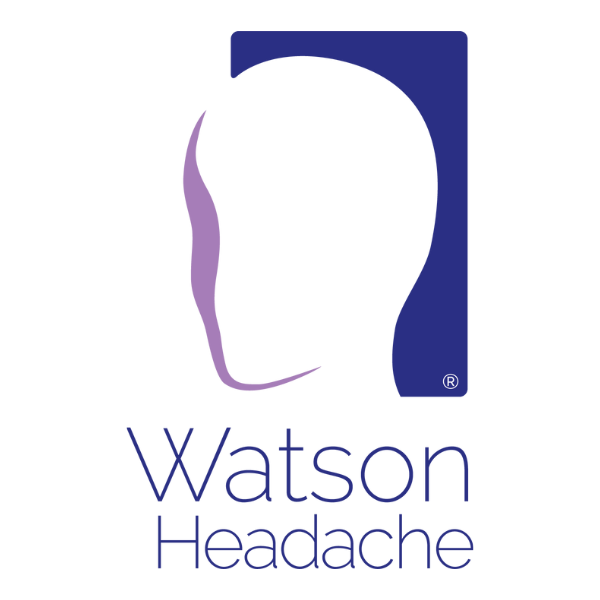Watson’s colleague is keen to follow up on Watson’s comment about the high prevalence of associated neck symptoms in primary headache conditions.
Watson continues, “I am pleased that the ICHD-3 recognises that cervicogenic headache (CGH) is usually accompanied by neck symptoms, but not invariably. I think there is this misconception that the absence of neck symptoms rules out CGH; this is misleading. One only needs to consider the situation of forearm/hand symptoms emanating from an issue in the lower cervical spine in which cervical symptoms are absent.”
“Yes, I understand,” replies Watson’s colleague, “but what about primary headache?”
The Contrary Nature of the Trigemino Cervical Nucleus
“Firstly, it is widely recognised that between 70-80% of those experiencing primary headache conditions report cervical symptoms either preceding or accompanying episodes. This facilitates the perspective of cervical causative relevancy.” “Yes, that’s reasonable,” acknowledges Watson’s colleague. “However, the medical model utilises the bidirectional nature of the Trigemino-Cervical-Nucleus (TCN) to invalidate this perspective,” explains Watson.
“How so,” enquires Watson’s colleague.
“Well, just as noxious cervical afferents are misinterpreted as originating from the trigeminal field, resulting in head pain, noxious trigeminal afferents could be misinterpreted as an issue in the upper cervical region, leading to cervical symptoms. Clinically, patients who are convinced or ‘know’ that their neck is the issue are dismissed; the result is frustration /disillusionment of the patient – they have not been listened to.” Watson continues, “Whilst theoretically, this is possible, in an environment in which the source of sensitisation of the TCC in primary headache is unknown, it is just an assumption that associated cervical symptoms are an epiphenomenon.”
The Cervical Relevancy Impasse
“It sounds to me then that we have an impasse,” replies Watson’s colleague. “How can this be resolved?”
“It is uncomplicated for a skilled, experienced manual therapist in headache to confirm or rule out the relevancy of cervical afferents,” replies a confident Watson. “Unfortunately, though, because of an assumption that cervical afferents cannot be involved, patients with a primary headache diagnosis are not typically referred for assessment.”
Watson continues, “The purported epiphenomenal nature of associated cervical symptoms is facilitated by unsuccessful outcomes when primary headaches are treated by inexperienced (in headache) manual therapists. Furthermore, it is recognised that spinal issues tend to recur, and sometimes, regardless of the approach, manual therapy is not powerful enough to overcome what people are doing with their necks 40-50 hours a week – that’s the reality. Unsuccessful outcomes do not rule out upper cervical relevancy. The other reality is that (specific) medication for migraine/headache is sometimes successful and sometimes not.”
The Impatient Colleague
“Well, I want to know how this ‘cervical relevancy impasse’ be resolved,” probes Watson’s colleague.
By now, Watson is on a roll. “Before I discuss this, there is another characteristic of CGH: pain starting posteriorly – occipitally – radiating anteriorly, which warrants some consideration. While CGH can present this way, I have seen successful outcomes with reverse behaviour. Furthermore, this insidiously implies that exclusive frontal head pain negates CGH. I mentioned earlier the situation with distal (to the source) symptoms without source-related (local) symptoms.”
Watson’s colleague acknowledges impatiently, “But how is this resolved?”
“Before that, there is another criterion that needs to be addressed,” asserts Watson. “That is the alternating or side-shift of unilateral head pain.” “What do you mean?” replies Watson’s exasperated colleague.
The Vexed Question of Alternating Unilateral Head Pain
“CGH is considered a side-locked unilateral headache (ICHD-3), so alternating head pain invalidates a diagnosis of CGH – this is erroneous. Alternating unilateral head pain confirms a diagnosis of CGH,” explains Watson. “Whoah! That’s a big call!” exclaims Watson’s colleague.
Watson continues, “When one asks the medical model to explain the mechanism of alternating unilateral head pain, the silence is deafening.”
“I suppose then you are going to elaborate?”

